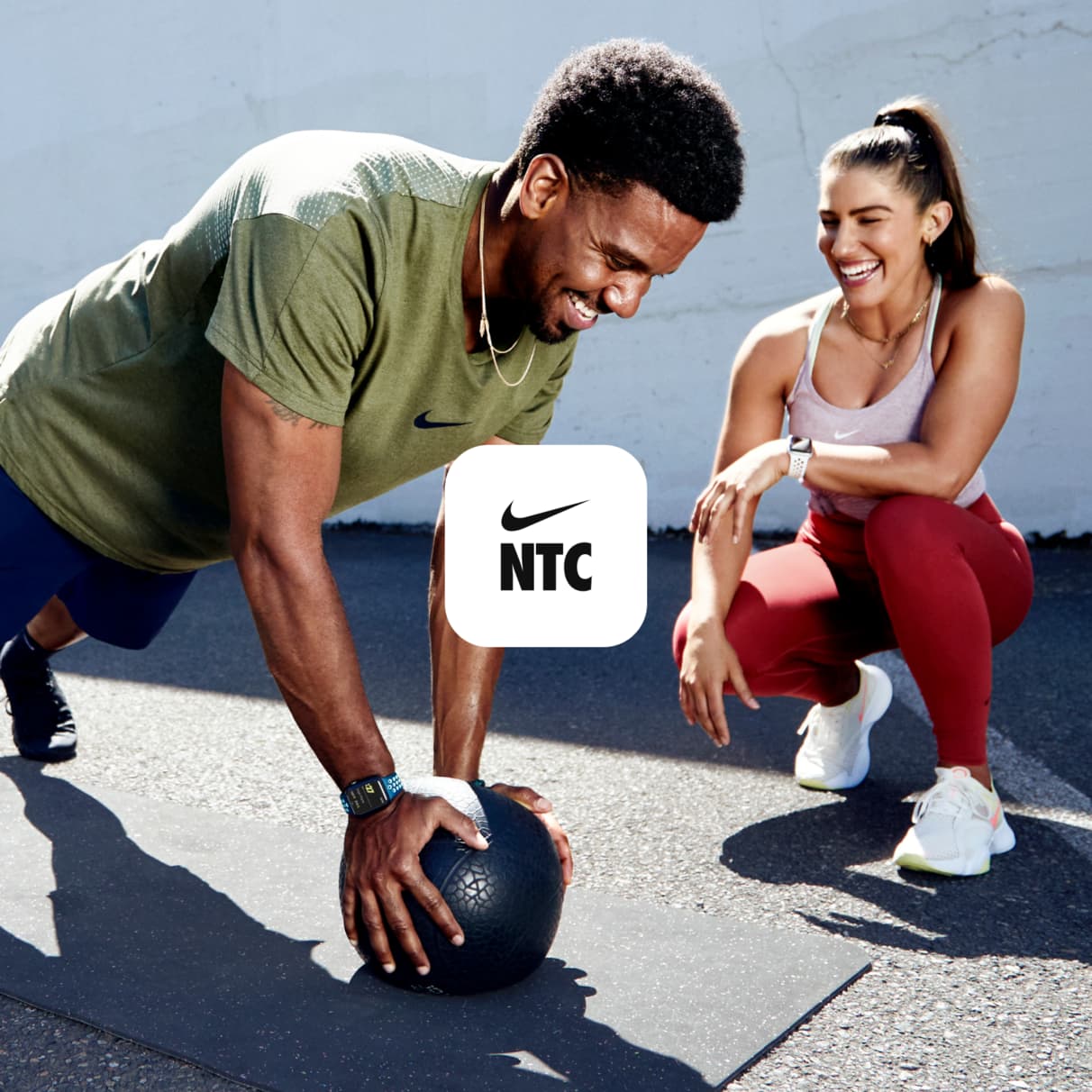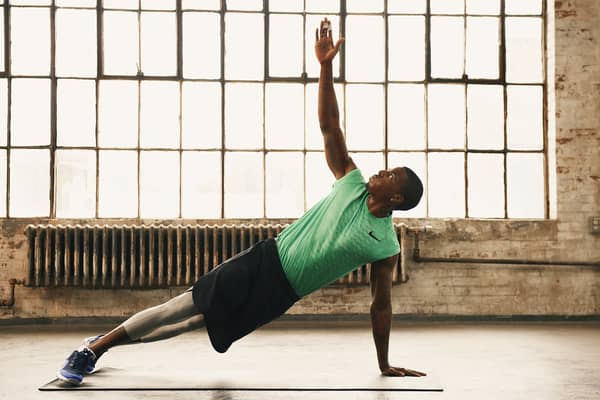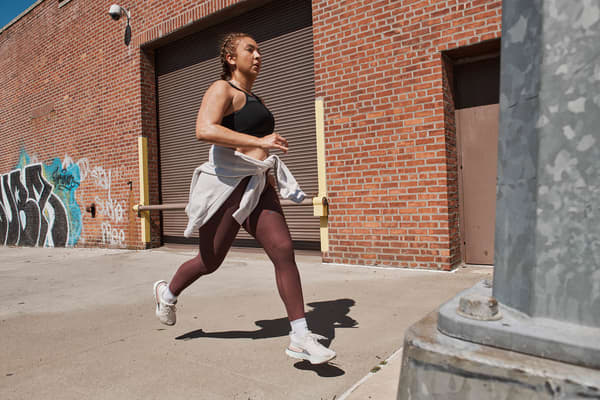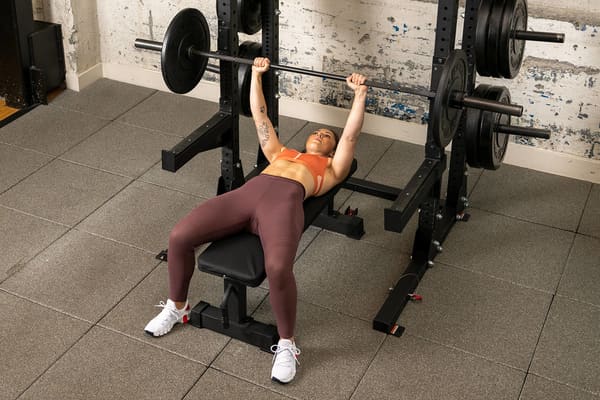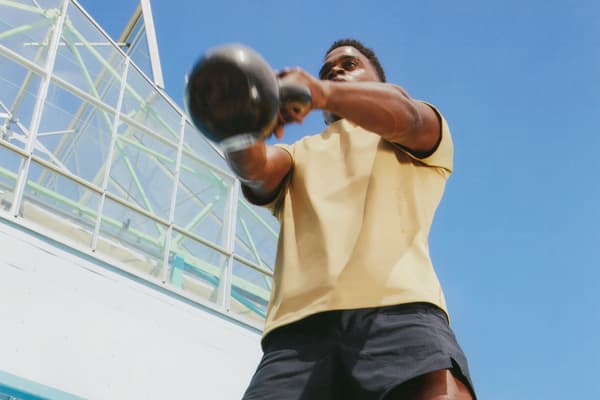Everything You Need to Know about Agility Ladders
Sport & Activity
A personal trainer and an exercise physiologist explain the benefits of training with agility ladders and suggest drills you can do with them.
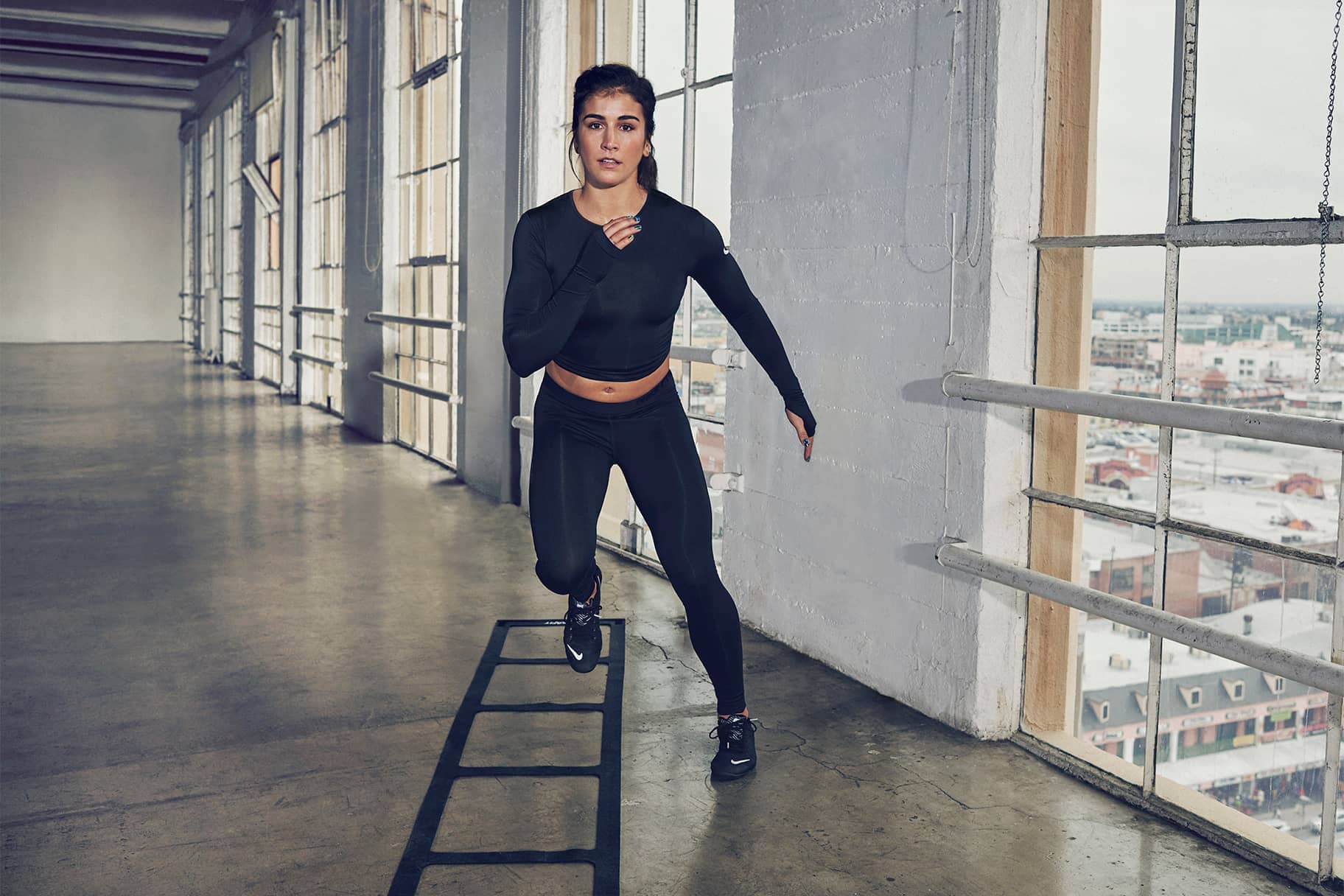
From battle ropes to suspension trainers, there are countless pieces of equipment that can help improve athlete performance. But however much training equipment advances, the speed ladder (also known as an agility ladder) is a tried-and-tested piece of equipment that can enhance your fitness.
Benefits of Training with an Agility Ladder
Being agile means "being able to change directions quickly", said Alexa Javens, a NASM-certified personal trainer, adding that speed-ladder workouts are great for developing multi-directional speed, coordination and agility.
Agility-ladder drills can also improve your cognition, quickness and anticipation of changing directions, which is helpful for your overall athletic performance. Additionally, these drills can improve performance when participating in sports including football, rugby, boxing, tennis and martial arts, said Heather Milton, a CSCS and board-certified clinical exercise physiologist at NYU Langone Sports Performance Center in New York City.
Agility ladders are affordable, easy to train with and versatile. Plus, you can use them wherever you have space to place the ladder, like in a park, your front garden or even your living room.
How to Train with an Agility Ladder
Training with the speed ladder pushes you to move side to side instead of forwards and backwards, which is how we often move in workouts. That's because it incorporates lateral and rotational (crossing legs over each other) movements into your training. Furthermore, when adding drills that require hopping (like plyometrics), you enhance your quickness, tendon strength and power, Milton said.
"Integrating agility work into your weekly exercise routine is recommended to maintain and improve neuromuscular coordination", Milton said. Because you have to be intentional about how you're moving your body—ideally with speed, power and control—you'll challenge and improve your physical abilities and your proprioception, or your body's ability to sense its location, movements and action, Javens said.
The drills you do will vary depending on your age and physical ability, and when using an agility ladder (or doing any style of training), quality over quantity is the way to go, Milton said.
When it comes to implementing agility-ladder workouts into your movement routine, Milton recommended doing this type of neuromuscular work at least two times a week.
Agility-Ladder Drills
If you're ready to improve your athletic abilities, warm up and get ready to add the following agility-ladder drills to your routine.
Milton advised performing each exercise for 20 to 30 seconds, taking 10 to 20 seconds between each exercise and taking two to three minutes of rest between sets to ensure neural recovery, aka give your brain a break. Additionally, if these movements are new to you and you find that you're messing up (which is OK, take your time!), Milton said to take a break and reset before attempting the movement again.
And don't forget about your form. Your trunk should be positioned over your legs rather than leaning laterally or too far forwards, maintaining tension in your core (think about engaging your abdominals), Milton said. Make sure you maintain a slight bend in the knees and keep the weight on your toes or the balls of your feet, as opposed to your whole foot or heels. This will allow you to be more agile and get off the ground quicker, which is the name of the game.
If a move is too advanced, modify it or focus on beginner movements, such as running with one foot through the ladder and forward high knees, always focusing on technique.
Check out a few agility-ladder exercises that Javens and Milton recommend.
1.Forward and Backward High Knees
- Begin in an athletic stance (bend your knees, drive your hips and lean your chest slightly forwards) with your body facing towards the agility ladder.
- Drive your right knee up as you simultaneously bend your left arm at a 90-degree angle.
- Next, bring your right leg down to the ground, landing on the ball of your right foot as you simultaneously drive your left knee and right arm up, moving forwards into the first square of the ladder.
- You can choose to do this exercise in a stationary manner by using only the first two squares, or you can move forwards by moving square to square until you reach the end of the ladder. Just make sure you then go backwards down the agility ladder.
- If you perform the move in a stationary manner, make sure you switch up which foot leads the forward and backward motions.
2.Lateral High Knees
- Start standing in an athletic stance perpendicular to the speed ladder, with your right leg closest to the ladder.
- Drive your right knee up as you simultaneously bend your left arm at a 90-degree angle.
- Next, bring your right leg down to the ground, landing on the ball of your right foot as you simultaneously drive your left knee and right arm up, moving forwards into the first square of the ladder.
- You can either place both feet down in each square of the ladder or move through the ladder, placing one foot in each square.
- Perform this movement leading with the right foot, then repeat leading with the left foot.
3.Hopscotch
- Start standing in an athletic stance facing forwards towards the agility ladder.
- With control, jump forwards off both feet landing in the first square of the ladder. Don't let your heels touch the ground.
- Then jump both legs out as you move forwards with your feet landing outside the second square.
- Continue to move forwards in this motion.
4.Lateral Hops
- Start standing in an athletic stance perpendicular to the speed ladder, with your right leg closest to the ladder.
- With control, begin to hop laterally with both legs together taking one hop in each square. (Your feet should land at the same time.)
- Start leading with the right side and then return leading with the left side.
- You can also do this exercise by hopping on one leg, lifting one leg off the ground, and leading with the right and left sides respectively.
5.Ickey Shuffle
- Start standing in an athletic stance slightly to the right of the speed ladder, facing forwards.
- Step your left foot in the first square of the ladder, followed by your right foot. Then, step your left foot out to the right side of the ladder, followed by your right foot.
- From here, step into the second square leading with your right foot, followed by the left foot. Then step the right foot out to the left side of the ladder, followed by the left foot.
- Repeat this in-in-out-out-up movement as you continue to move up the ladder.
These are just a few agility-ladder drill options to train your body and mind. Remember, the more you practise, the more your agility and footwork will improve. And most importantly, focus on quality over quantity, speed and intensity.
Words by Tamara Pridgett
